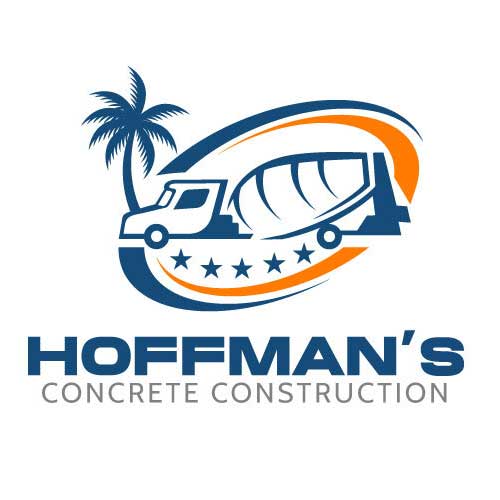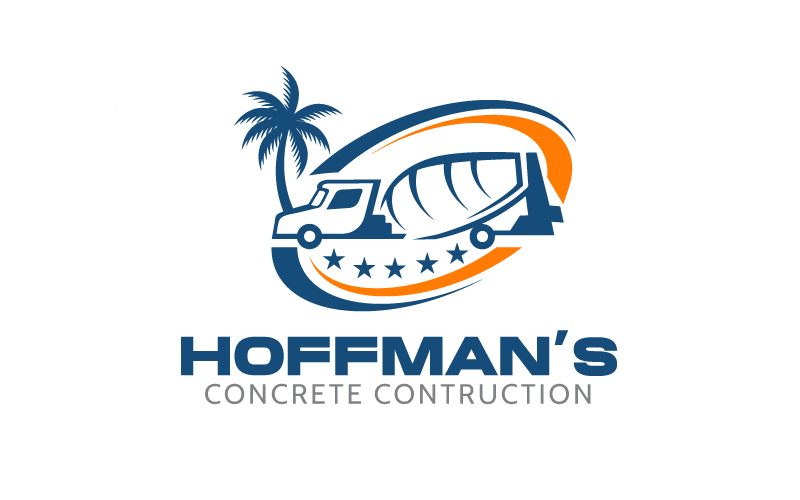Hey there! Are you tired of looking at cracks in your concrete driveway or concrete slab? Don’t worry, you can fix them yourself with a little bit of elbow grease and the right materials! But if you’re not sure how to do it you have never fixed cracks in a concrete driveway, or if the cracks are really big, it’s probably a good idea to hire someone near you who knows what they’re doing.
First, you need to figure out why the concrete cracks are there. Sometimes, they happen because the ground underneath the concrete moves around or because of changes in the weather. Make sure you inspect the entire driveway or slab before you start any repair work.
Once you know what caused the cracks, it’s time to repair the cracks. Concrete driveway crack repair takes time and attention to detail.
Start by cleaning the area around the small cracks in your driveway or the cracks in concrete. You might need to do a little smoothing out of the cracks by putting a rod into the crack or chisel the crack first before proceeding to the next area. Use a garden hose with strong pressure or a pressure washer to blast away any dirt or debris, and to remove any loose pieces of concrete hit the crack with a hammer and a chisel to make it smooth. Make sure that you do not get any sand into the crack or along the crack by using a wire brush. Keep the cracks and the rest of the concrete clean before you apply any repair material to the cracked driveway. Then, you’ll need to fill the cracks with a special product made for fixing your concrete. There are lots of different brands to choose from and they are sold in a variety of types of repair materials like concrete repair caulk, crack filler, concrete mix, patching material, epoxy repair compound, and concrete surface patching compound. Just follow the instructions on the package for how to mix and apply it. If you use crack filler do not use it for large cracks, deep cracks, or cracks wider than a half of an inch wide. Try and measure the width of the cracks using a tape measurer on one side of the crack before starting your repairs. Do not use these types of repair materials with new concrete. Reach out to the contractor and have them repair new concrete damage as there should not be any cracks after pouring a new driveway or after new concrete is poured.
Once you’ve filled in the cracks, you’ll need to let the repair material dry. Cover it with a plastic sheet or tarp, or mist it with water to keep it moist. Remember that smooth concrete can become slippery when wet. This process might take a few hours to a few days, depending on the product and the temperature and humidity outside.
After the repair and resurface material has dried, you can make the repaired area look smooth and blend in along the cracks and with the entire driveway. Use a concrete grinder or hand sander, or apply a thin layer of concrete resurfacer compound using a rubber squeegee and then finish using a broom with an extended handle to create slight grooves in the concrete surface. Make sure you apply an even coat without leaving brush marks when you spread the resurfacer. Apply to a small area at a time to create the best effect. Just make sure to read the instructions on the package and give the resurfacing compound enough time to dry before you use the driveway again.
Fixing cracks in your existing concrete driveway might seem a little intimidating, but it’s totally doable as long as you have the right tools and know what you’re doing. If you’re not sure you can handle it or if the cracks are really big, it’s probably a good idea to hire a professional concrete contractor to do the job for you. Just make sure to do your research and choose a company that has a good reputation and can give you references. Good luck with your project!
Here’s A Handy Checklist For Those Of You Who Are Planning To Fix Cracks In Your Concrete Driveway Yourself:
1. Determine The Cause Of The Cracks:
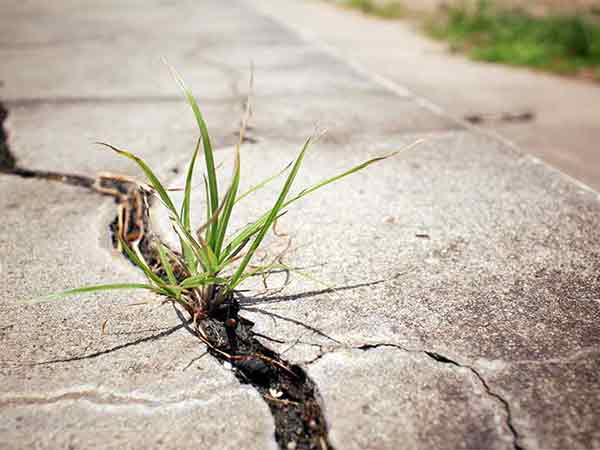
Is the ground underneath the concrete shifting? Is the weather causing the cracks? Is there a tree near the driveway that’s roots are pushing up on the concrete? Understanding the root cause of the problem will help you choose the right repair materials.
2. Clean The Surface Of The Driveway:
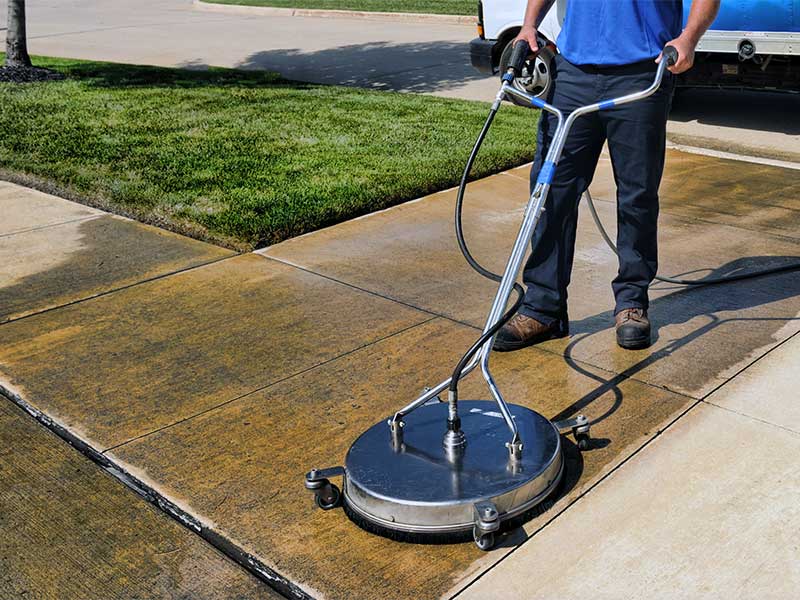
Use a pressure washer to remove any dirt or debris from the driveway. If the driveway cracks are deep or wide, use a chisel or hammer to remove any loose material or pieces of concrete. Clean the cracks or surrounding concrete that develops cracks. Also inspect your driveway for fine surface cracks. Make sure your driveway is sound before attempting any repairs on old concrete. Crack repair is not something you want to attempt if you don’t have patience or attention to detail skills.
3. Fill The Cracks:
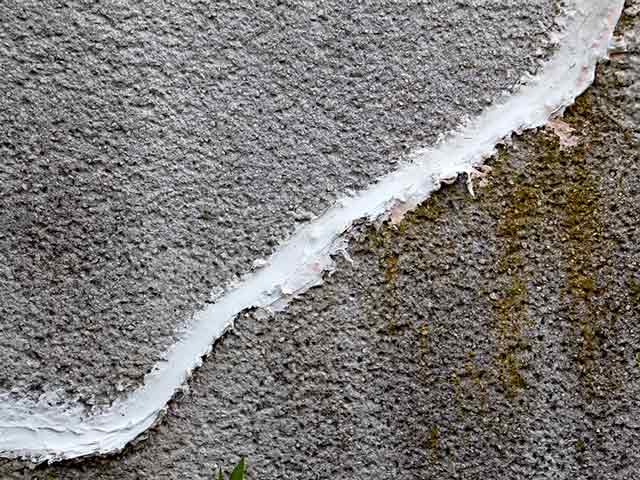
Choose a repair material that is appropriate for your needs, such as concrete repair caulk, resurfacer, epoxy repair compound, or concrete patching compound to repair cracks in a small area. Follow the manufacturer’s instructions for mixing and applying the product. If you use repair caulk you will need a wire brush, caulking gun to help fill cracks, rubber squeegee, putty knife or trowel, and possibly a backer rod. If it is a new driveway, we recommend seeking professional help. You do not want to mix concrete and some fillers or resurface a concrete driveway for fresh concrete.
4. Protect The Crack Repair While It Cures:
Cover the surface of the concrete and repaired area with a plastic sheet or tarp, or mist it with water to keep it moist. The repair materials may take a few hours to a few days to dry, depending on the product and weather conditions. This will help the repair material dry properly.
5. Smooth And Blend The Surface:
Use a concrete grinder or hand sander to smooth out the repaired area, or apply a thin layer of concrete resurfacing compound. Follow the manufacturer’s instructions and allow the resurfacing compound to dry fully before using the driveway again. It’s a good idea to repair cracks in a concrete driveway with the correct crack repair material.
Remember, if you are not confident in your ability to complete the repair properly, or if the cracks are particularly large or numerous, it is generally best to hire a reputable concrete contractor to handle the job. By following these steps and using the right tools and materials, you can help ensure that your repaired driveway will last for years to come.
